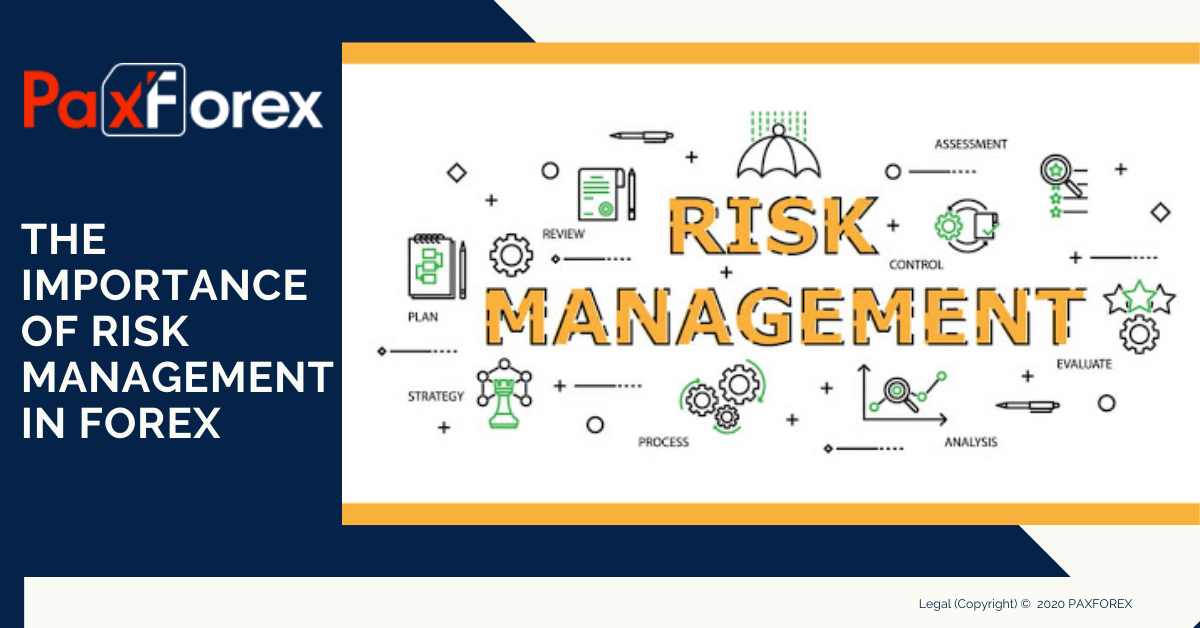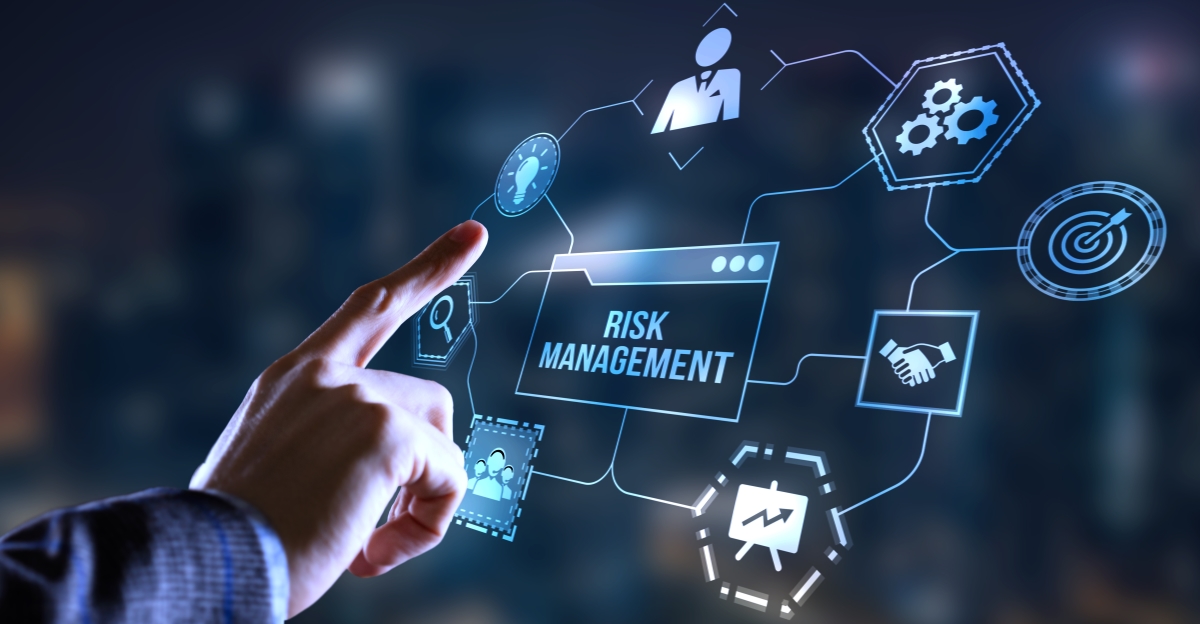Navigating the Complexities: Understanding the Importance of Risk Management
Wiki Article
Discovering the Significance of Risk Management for Effective Decision-Making Techniques
In the intricate world of organization, Risk Management emerges as an essential element in the decision-making procedure. The ability to determine potential risks and possibilities, and plan appropriately, can lead to the distinction between success and failing. With devices such as SWOT and PESTEL, organizations are furnished to make informed options, cultivating resilience and adaptability in an ever-changing atmosphere. Wondering just how this works? Let's unbox the characteristics even more.Understanding the Concept of Risk Management
Risk Management, an important component in decision-making, is usually misinterpreted or oversimplified. Risk Management involves organized and regimented approaches, using data and informative analyses. From financial unpredictabilities, legal obligations, critical Management mistakes, to mishaps and all-natural catastrophes, it resolves various dangers - importance of risk management.The Role of Risk Management in Decision-Making Processes
In the realm of calculated preparation and service operations, Risk Management plays an integral duty in decision-making procedures. Risk Management therefore becomes a vital device in decision-making, assisting leaders to make educated choices based on a comprehensive understanding of the dangers involved. Risk Management serves as an essential element in the decision-making processes of any kind of organization.
Just How Risk Management Boosts Strategic Preparation
In the context of tactical planning, Risk Management plays a crucial duty. Starting with the identification of prospective risks, it further reaches the application of Risk reduction steps. The role of Risk Management is dynamic however not static, as it requires continuous surveillance and adjusting of approaches.Determining Potential Dangers

Implementing Risk Mitigation
Having established the significance of determining prospective dangers, the next step is to check out Risk mitigation. This process entails creating and executing techniques to handle determined risks efficiently. It is an important element of tactical planning as it enhances decision-making by reducing potential adverse end results. Risk mitigation techniques can range from Risk avoidance, Risk transfer, to take the chance of decrease. Each approach must be tailored to the particular Risk, considering its possible effect and the organization's Risk tolerance. Effective Risk mitigation requires a deep understanding of the Risk landscape and the prospective impact of each Risk. This understanding makes it possible for organizations to prioritize risks and allocate sources successfully, ensuring that one of the most substantial hazards are attended to first.Monitoring and Changing Strategies
Though Risk reduction is a critical action in critical preparation, continual tracking and modification of these methods is similarly essential. It likewise provides an opportunity to evaluate the success of the Risk Management procedures, enabling changes to be made where essential, more improving tactical planning. Surveillance and changing Risk Management methods is a vital element for improving a company's durability and internet strategic preparation.Case Studies: Effective Risk Management and Decision-Making
In the world of company and finance, effective Risk Management and decision-making typically serve as the pillars of flourishing ventures. One such entity is an international oil business that alleviated financial loss by hedging against rising and fall oil rates. In one more instance, a technology start-up flourished by determining and accepting risky, high-reward methods in a volatile market. An international financial institution, faced with regulatory unpredictabilities, efficiently navigated the scenario with proactive Risk evaluation and dynamic decision-making. These instances highlight the value of sharp Risk Management in decision-making procedures. It is not the absence of Risk, his response but the Management of it, that commonly separates successful firms from unsuccessful ones. These instances highlight the critical duty of Risk Management in critical decision-making. importance of risk management.Tools and Methods for Effective Risk Management
Navigating the complex maze of Risk Management calls for the best collection of tools and methods. These devices, such as Risk registers and warmth maps, help in identifying and examining potential risks. Methods consist of both quantitative techniques, like level of sensitivity evaluation, and qualitative methods, such as SWOT analysis. These assistance in focusing on risks based on their possible influence and probability. Risk response techniques, a crucial part of Risk Management, involve accepting, staying clear of, moving, or mitigating risks. Monitoring and regulating threats, via regular audits and evaluations, make sure that the approaches continue to be effective. With these methods and devices, decision-makers can browse the complex landscape of Risk Management, thereby promoting educated and reliable decision-making.Future Patterns in Risk Management and Decision-Making Approaches
As we discover the huge landscape of Risk Management, it comes to be noticeable that the devices and techniques utilized today will proceed to advance. Future patterns point go to these guys in the direction of an increased dependence on innovation, with expert system and artificial intelligence playing significant duties. These innovations will certainly enable companies to anticipate potential threats with higher precision and make more informed choices. Additionally, there will certainly be a growing focus on durability, not simply in handling threats yet also in jumping back from unfavorable scenarios. The idea of Risk society, where every member of a company is aware and included in Risk Management, will certainly acquire extra importance. These fads declare an even more proactive and inclusive method in the direction of Risk Management and decision-making.Conclusion

Risk Management hence ends up being an important tool in decision-making, aiding leaders to make enlightened options based on an extensive understanding of the risks entailed. Risk mitigation approaches can vary from Risk evasion, Risk transfer, to risk decrease (importance of risk management). Efficient Risk reduction needs a deep understanding of the Risk landscape and the possible impact of each Risk. Risk response techniques, a key part of Risk Management, include approving, preventing, moving, or mitigating dangers. The concept of Risk culture, where every participant of an organization is mindful and involved in Risk Management, will certainly acquire extra importance
Report this wiki page